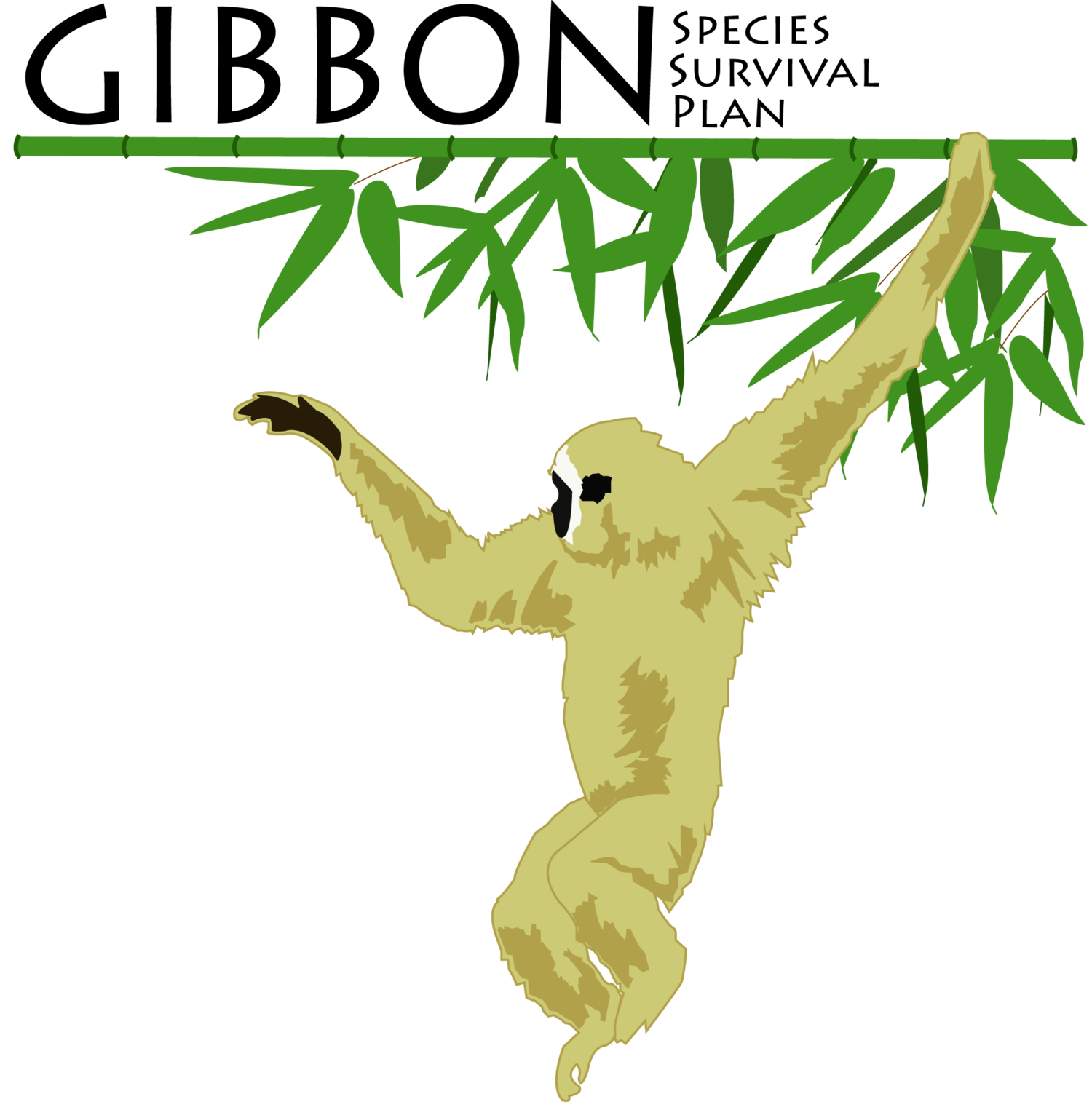Threats to wild gibbons
Gibbons are among the most endangered apes and among the most critically endangered of all non-human primate species. The current conservation status of gibbon species is alarming - all but one is listed as either Endangered or Critically Endangered. While most of the world’s primate species are threatened with extinction, the Hainan crested gibbon (Nomascus hainanus) is the rarest and most vulnerable of all primate species, with less than 30 individuals remaining in the wild and a range restricted to only 2 square kilometers on a single island at the southern tip of China.
Gibbons and other Southeast Asian animals are especially vulnerable to anthropogenic pressures. Their habitats face signifcant deforestation and loss of biodiveristy. In fact, their rates are the highest among the world’s tropical regions. Habitat loss, due to forest destruction and fragmentation, is the primary threat to the survival of wild gibbons. Intentionally-set fires and logging result in persistent localized forest loss due to the conversion of forest habitat to agriculture and the expansion of commercial palm oil plantations. These activities destroy the habitat of gibbons and other Southeast Asian primates, including orangutans.
Threats to wild gibbons extend to populations within protected national parks and forests. The construction of roads through protected areas increases the fragmentation of gibbon habitats and increases access to poachers. Another major threat to wild gibbons is hunting, both for subsistence and for use of various body parts in local medicine.
The illegal pet trade thrives throughout Southeast Asia. Gibbons are commonly seen in wildlife markets. Young gibbons are often taken from their mothers to become pets. The only way to obtain a young gibbon is to kill its mother. Unfortunately, this often results in the death of both the mother and the infant.
Three Agile gibbons and four siamangs arrive at Friends of National Park Foundation Bali Wildlife Rescue Centre after being rescued from wildlife traders
Although rural poverty and increasing human populations in gibbon range countries contributes to the grave conservation status of gibbons, the lack of awareness to the threats facing wild gibbons and their habitat is international. Tourists visiting gibbon range countries should be mindful of the harm created by taking and posting photos with wild gibbons on social media. Young gibbons used as tourist props are typically acquired by killing their families, who vigorously defend their offspring from harm. The close physical proximity of people and non-human primates can result in the transfer of a variety of illnesses, both to humans and gibbons. Furthermore, photos taken of tourists with gibbons can contribute to the perception that gibbons are not wild or endangered and encourage the public to think they make appropriate pets.
IUCN Best Practice Guidelines for Responsible Images of Non-Human Primates
Wildlife traffickers will kill adult females to get infants to sell as pets or for use in tourist photos
One of the most urgent conservation needs for gibbons is the preservation of remaining habitat. While there are some protected forest areas and wildlife protection laws, these laws are often poorly managed and inadequately enforced. More extensive and effective patrolling of protected areas is required, as is the improved protection of threatened gibbon habitat that directly involves local communities in ways that benefits them. To better understand current gibbon populations and to increase international support for gibbon conservation, additional survey work is needed.
AZA White Paper on the Personal Possession of Non-Human Primates








